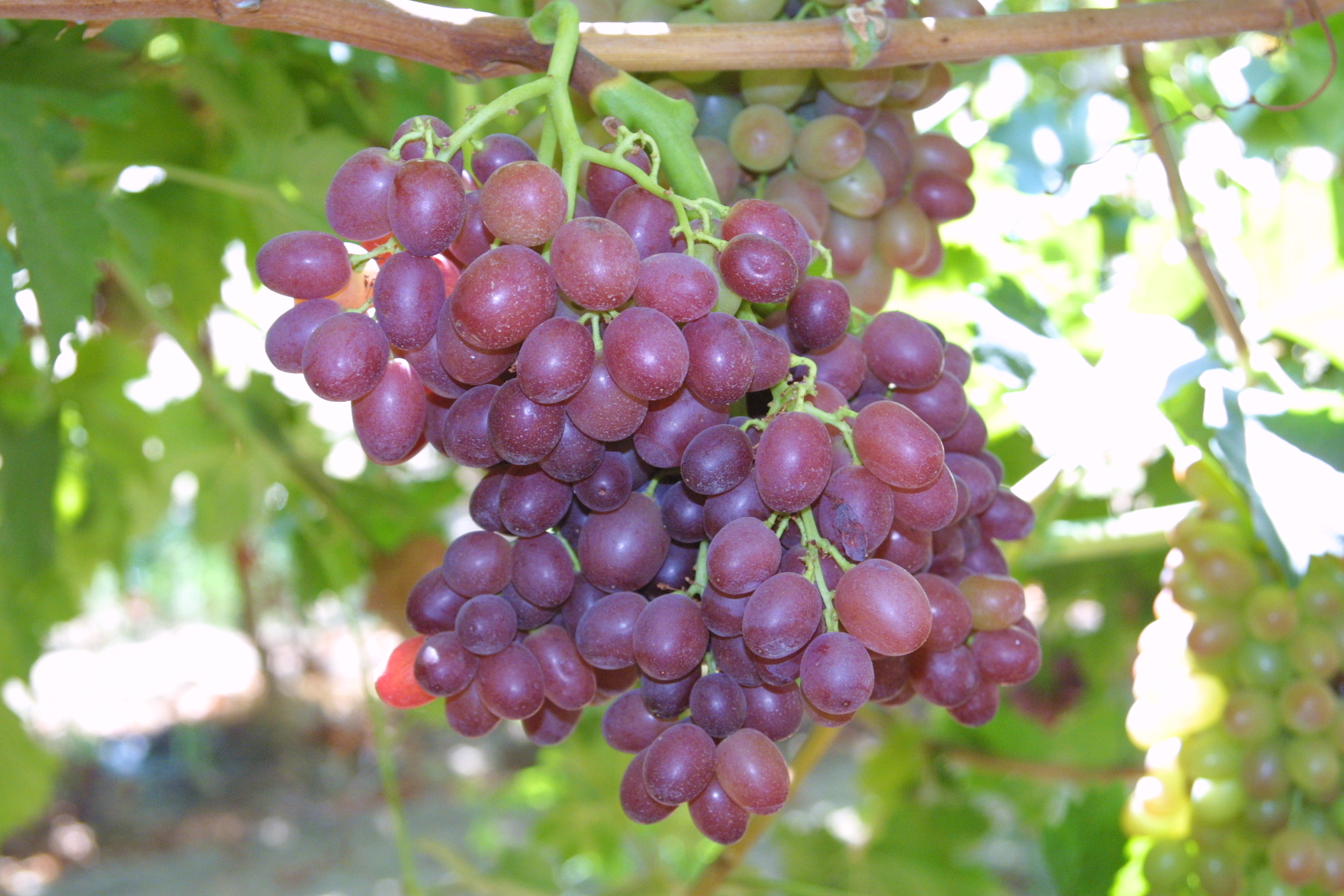Farmers Invited to Tour Cover Crops in Sacramento Valley March 3
Farmers and ranchers are invited on a tour to learn how to use cover crops to build soil health. A full-day tour of several cover crop sites in orchards and annual crop fields in the Sacramento Valley is being offered on March 3 by the Western Cover Crop Council’s Southwest Region Committee.
“The goal of this tour is to demonstrate ways to use cover crops effectively in annual crops and orchards in the Sacramento Valley,” said tour organizer Sarah Light, UC Cooperative Extension agronomy advisor.
“This tour will cover a range of topics, including cover crop selection, equipment needed to manage cover crops, considerations for cover cropping in the region, and the importance of building soil health,” said Light, who is also chair of the Western Cover Crop Council’s Southwest Region Committee and a board member of the Western Cover Crop Council.
Cover crop species, cultivars and mixes including legumes, grasses and brassicas will be showcased in Colusa County, with farmers, UC Cooperative Extension specialists and researchers giving presentations.
The tour bus will depart from the Colusa County Cooperative Extension Office at 100 Sunrise Blvd., Suite E, Colusa, CA 95932 at 8 a.m. and return at 7:30 p.m.
Priority registration is limited to farmers and ranchers until Feb. 1. Other interested people may join after Feb. 1. The $50 registration fee includes morning refreshments, transportation, lunch and dinner. To register or to see the agenda, visit https://surveys.ucanr.edu/survey.cfm?surveynumber=36190.
Source: UCANR


















